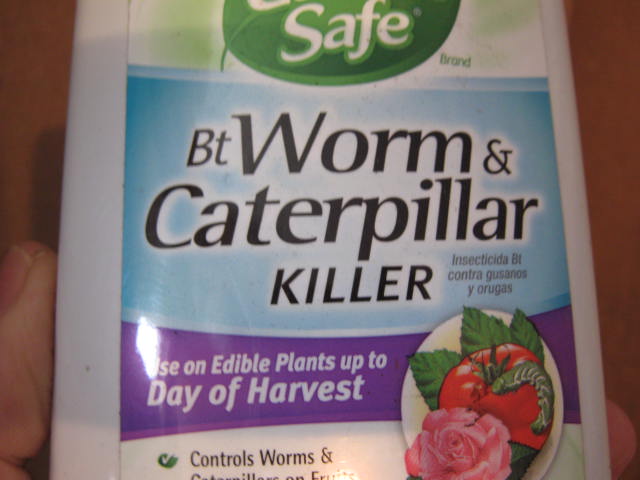Winter is a time of planning for gardeners. I decided during the deep, dark days of the dead of winter to take inventory of my fertilizers and pesticides. That got me thinking about some of the different insecticides and how they work.
Chemical insecticides have been around a long time. Fortunately, modern chemistry has eliminated the need for most of the nastiest chemicals we used to use in food products. The lead-based and arsenic-based materials used in the nineteenth and early twentieth century were made obsolete by more sophisticated chemicals introduced into the marketplace after world war two. Take for example the organophosphates, they were the by-product of chemical warfare research done in Germany during WWII. I remember using some of those products from time to time during heavy insect outbreaks in order to save a crop. I’ll tell you one thing, they sure did the job. Unfortunately, many gardeners used them constantly and on everything. I guess they thought if it was legal and on the market it was fine to use it like that. Sometimes they even eyeballed the amount to use instead of carefully measuring it before mixing. While a few organophosphates are still on the market, most of the harsher ones are no longer available for use in the home garden.
Different insecticides work by different means. For example, the contact insecticides kill when the insect comes in contact with it, either by being directly coated by it or walking across an area on the plant that has been treated.
Stomach poisons work when an insect consumes the material and it enters into the insect’s digestive system. The biological insecticide Bacillus thuringenses is a stomach poison. It’s commonly use in organic gardening.
Some insecticides are absorbed by plants and are moved to all parts of the plant and remain inside the plant for a relatively long time. These are the systemic insecticides. They are often used on ornamental plants that are not intended to be eaten. I used systemic insecticides many years ago when I had over two hundred roses bushes to care for. The systemics work great for controlling rose pests.
The translaminar insecticides insecticides move just a short distance into the leaves and are not carried through the entire plant. Think of a leaf being constructed of a number of different layers, like a piece of laminated plywood. A translaminar insecticide only moves into the first or second layer of the leaf. The organic pesticide spinosad is a translaminar material.
Some insecticides work by a combination of two or more of the these modes of action. Often manufactures combine insecticides in order to gain the advantage of multiple modes.
Because an insecticide can act differently on various types of plants, it’s important to closely follow the printed label and not try to extrapolate other uses on your own. This holds true for both conventional and organic insecticides.
Of course we’re not applying insecticides to our gardens right now but it’s not too early to remind ourselves of these things well before the gardening season.
Bob
